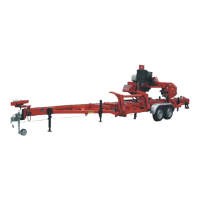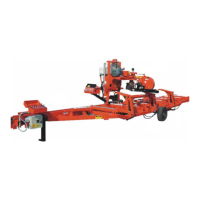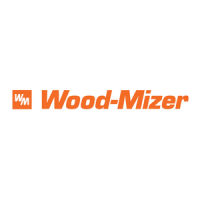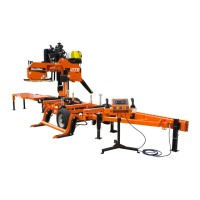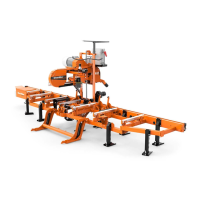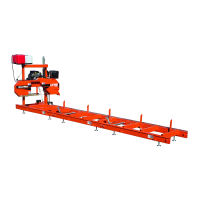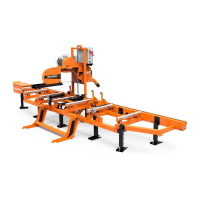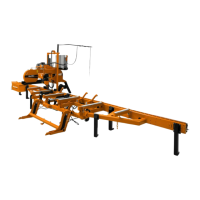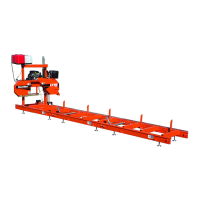What to do if Wood-mizer LT70L DH Saw drive belts wear prematurely or jump out of alignment?
- JJames DunnAug 18, 2025
If the Wood-mizer Saw drive belts wear prematurely or jump out of alignment, it may be due to the engine/motor and drive pulleys. Align the pulleys.
